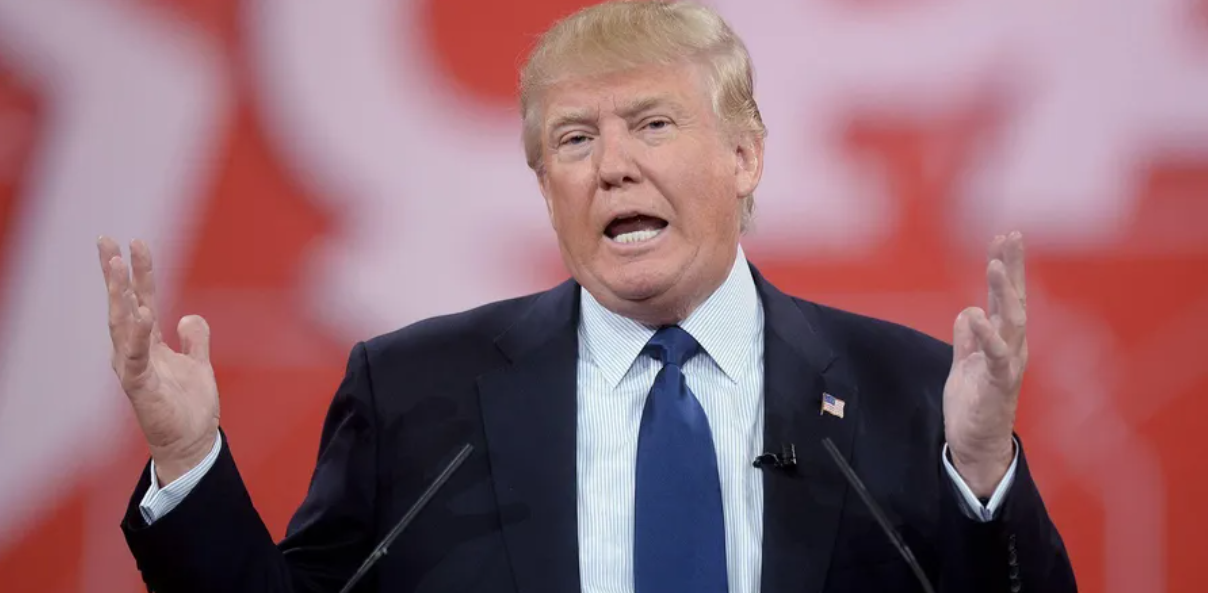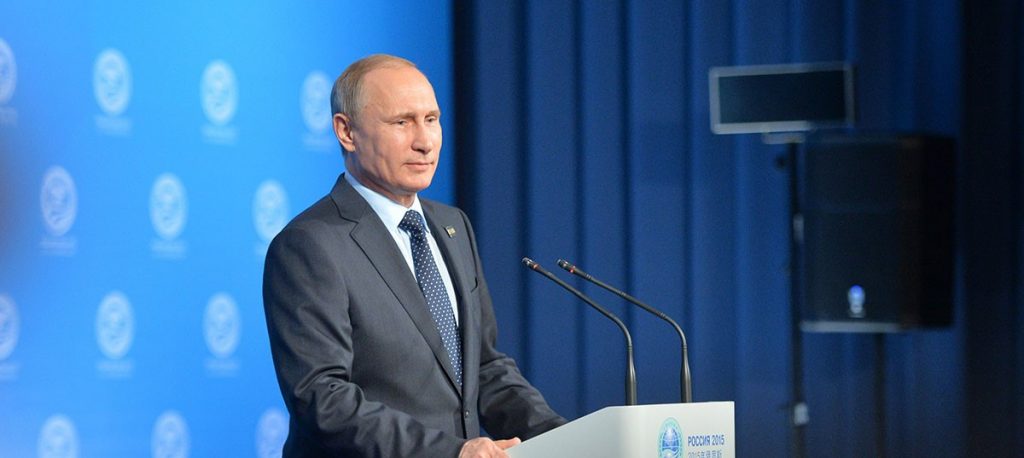Breaking: Trump About to Make English the Official Language of the United States

What does it mean now that Trump has made up his mind to make English the only official language of the U.S.? How will this impact non-English speakers?
President Donald Trump is set to sign an executive order declaring English the official language of the United States. This historic decision, expected to be finalized on Friday, marks the first time in the nation’s nearly 250-year history that a national language will be formally recognized.
But what does this mean for the millions of Americans who speak languages other than English? And how will it reshape the cultural and political landscape of the country?
A Unifying Language or a Divisive Policy?
The executive order aims to promote national unity by encouraging immigrants and non-English speakers to adopt English as a common language.
According to a White House fact sheet, the order celebrates multilingual Americans who have learned English and passed it down to their families, while also empowering newcomers to integrate into American society.
However, the order also rescinds a 2000 mandate by former President Bill Clinton that required federal agencies and recipients of federal funding to provide language assistance for non-English speakers.

Critics argue that this could limit access to essential services for millions of people, particularly in diverse states like New York, where over 200 languages are spoken.
What Changes for Federal Agencies?
While the order designates English as the official language, it does not outright ban the use of other languages. Federal agencies will retain the flexibility to offer services in multiple languages if they deem it necessary.
This means that agencies like the Department of Health and Human Services or the Social Security Administration can continue to provide translations for vital documents and services.
The White House argues that this approach strikes a balance between promoting English as a unifying language and ensuring that government operations remain efficient and accessible.
Still, the decision to rescind Clinton’s mandate has raised concerns about potential barriers for non-English speakers seeking healthcare, legal assistance, or other critical services.
A Nation of Many Tongues

The United States is a linguistic mosaic, with over 350 languages spoken across the country. Spanish, Chinese, Tagalog, Vietnamese, and Arabic are among the most widely spoken languages after English.
Additionally, Native American languages like Navajo, Cherokee, and Yupik hold cultural and historical significance.
Trump’s order highlights that nearly 180 countries worldwide have an official language, positioning the U.S. as an outlier for not having one. Supporters of the move argue that a common language fosters national cohesion and helps immigrants integrate into American society.
However, opponents worry that it could marginalize non-English speakers and undermine the nation’s rich linguistic diversity.
The Road Ahead

As President Trump prepares to sign this executive order, the debate over language and identity in America is sure to intensify.
Will this move unify the nation under a common tongue, or will it deepen divides in an already polarized country? Only time will tell how this historic decision will shape the future of the United States.
For now, one thing is clear: the conversation about language, culture, and inclusion in America is far from over.
You might also want to read: Video of Donald Trump Kissing Elon Musk’s Feet Played on TVs for 19 Seconds


